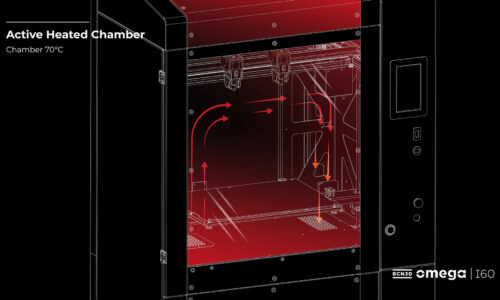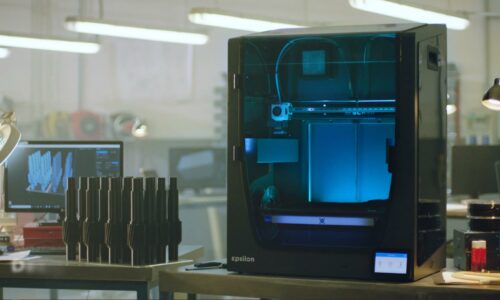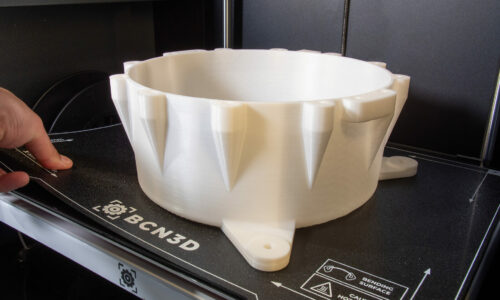3D Printing Materials To Consider For Your First Prints
The business world has shown an increased interest in incorporating 3D printing technologies into their workflow. Significant cost and time reductions have validated the technology created to deliver customized objects. This has made the Additive Manufacturing market prone to competition, and the options available for 3D printing materials are now endless and it can be at times overwhelming.
The majority of the portfolios that manufacturers offer cover from the basic components up to the most industrial-grade materials. For example, the BCN3D portfolio includes the following 3D printing materials: ABS, PP, PET-G, PA, PLA, TPU, PVA, PP GF30, and PAHT CF15.
In the following article, we will cover the best 3 materials you should consider when starting with a 3D printer. These 3 materials are considered the basic 3D printing materials that will provide you with the expertise to take the first step toward printing with advanced filaments.
PLA
PLA (Polylactic Acid) is a biodegradable, sustainable, and food-safe polymer made from organic sources.
It is the most commonly used filament in FFF 3D printers for its ease of use and wide range of applications, especially those not mechanically or thermally demanding. Definitely, a good starting point to learn about the 3D Printing manufacturing process.
The most common applications where PLA is the right material for 3D printing use are:
- Architectural mockups
- Aesthetic, concept models
- Investment casting molds
- Low mechanically demanding prototypes
TPU
TPU (Thermoplastic polyurethane) is an elastomeric copolymer, made up of alternating soft and hard blocks, which give rigidity and flexibility at the same time. TPU as a 3D printing material is ideal for those applications where flexibility and durability are highly desired.
With a Shore-A hardness of 98, TPU is a resistant material for several industrial applications, both mechanical or chemical. Moreover, it’s been specially designed to improve the 3D printing experience.
The most common applications where TPU is the right 3D printing material for its use are:
- Industrial seals, gaskets, sleeves, or hinges
- Soft-touch multi-material models or handles
- Flexible-joined multi-material models
- Protective cases Shoe soles, non-slip surfaces
- Springs, seals, and shock absorbers
- Wheels and rollers
TPU is a thermoplastic elastomer, able to be extended up to 4.5 times its original size before breaking. Its exceptional elongation at break and strength make this 3D printing material superior to most filaments.
PET-G
PET-G (Polyethylene terephthalate glycol-modified) is a polyester thermoplastic characterized by a good balance of tensile strength and elongation at break. Its high resistance to water and chemicals makes the best 3D printing the material of choice for water-tight containers and protective cases.
PET-G is a versatile technical material, as easy to print as PLA, but with an improved balance of mechanical, chemical, and thermal properties.
The most common applications where PET-G is the right 3D printing material for its use are:
- Parts in contact with salts, acids, and alkalis
- Functional prototypes and mechanical parts
- Waterproof applications
- Structural parts subject to mild stress
- Snap-fit joints
- Commonly used in beverage bottles
PET-G parts are as strong as those made with PLA but offer a better mechanical profile. PET-G is not brittle, which means that it will not snap abruptly if pulled or bent, on the contrary, it will progressively bend and stretch until reaching its maximum elongation limit of 23%.
The best 3D printing material will depend on what type of design you are making.



